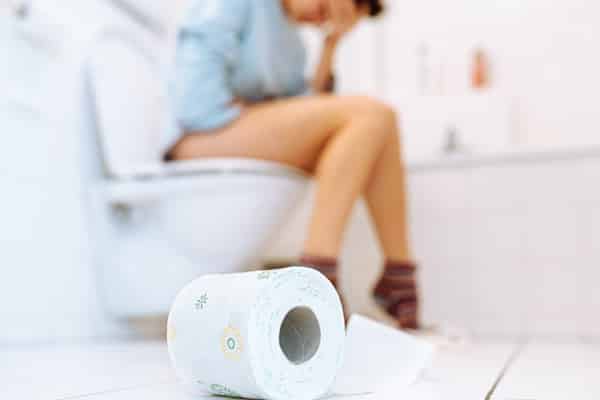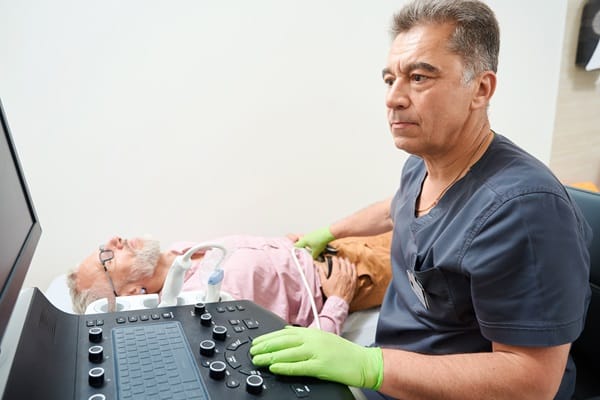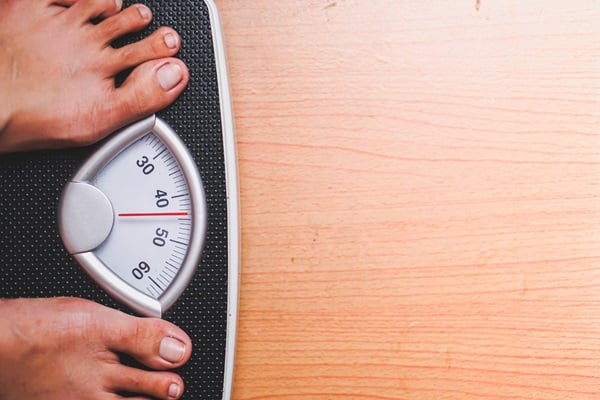The gallbladder, a small, pear-shaped organ tucked beneath the liver, plays a crucial role in your digestive process by storing and concentrating bile, a fluid produced by the liver to help digest fats. However, when something goes wrong, whether due to gallstones, inflammation, or other gallbladder disorders, the signs can be discomforting and sometimes severe. Recognizing the early symptoms of gallbladder trouble is vital for timely intervention and treatment, preventing more serious health issues. This post will explore key signs that indicate your gallbladder may be in trouble, providing essential information for maintaining your health and well-being.
Contents
Abdominal Pain

The hallmark of gallbladder issues often begins with abdominal pain, primarily located in the upper right section of the abdomen. This pain can be sharp and intense, often described as a stabbing sensation that may radiate to the back or shoulder area. Typically, it intensifies after eating fatty meals, when the gallbladder is most active in secreting bile to aid in digestion. The discomfort can last from a few minutes to several hours, indicating the gallbladder’s struggle to function properly. Such patterns of pain, particularly if recurrent, are a clear signal not to be ignored, urging a medical consultation.
In addition to its location and pattern, the nature of gallbladder pain can vary, sometimes manifesting as a dull, chronic ache that persists over time. This discomfort may be accompanied by a feeling of fullness, especially after meals, reflecting the gallbladder’s inability to efficiently process dietary fats. The exacerbation of pain during deep breaths or movements can further indicate the presence of gallstones or inflammation, known as cholecystitis. Understanding these pain characteristics is crucial for early detection and management of gallbladder issues, preventing complications such as bile duct blockage or infection.
Nausea and Vomiting

Nausea and vomiting are common symptoms associated with various gallbladder problems, including gallstones and cholecystitis. These symptoms often occur as the body’s response to the gallbladder’s inability to properly empty bile, leading to digestive distress. The presence of gallstones can obstruct the bile flow, causing bile to accumulate and exert pressure on the gallbladder, which in turn triggers nausea. This discomfort is not only unpleasant but can also interfere with daily activities, highlighting the need for medical evaluation.
Vomiting may follow nausea as the body attempts to relieve itself from the distress caused by gallbladder dysfunction. While these symptoms can be common to other digestive issues, their occurrence, especially if persistent or accompanied by other signs of gallbladder problems, warrants further investigation. It’s important to note that prolonged vomiting and nausea can lead to dehydration and electrolyte imbalances, underscoring the importance of seeking medical advice to address the underlying cause and restore digestive health.
Changes in Bowel Movements

Gallbladder issues can lead to noticeable changes in bowel movements, serving as a critical indicator of bile duct obstruction or dysfunction. One common sign is the presence of lighter-colored stools, which may appear clay-colored or pale. This change occurs when bile cannot reach the intestines, preventing the normal digestion and absorption of fats and thereby altering the color of stool. Frequent, unexplained changes in bowel habits, including diarrhea or constipation, can also signal gallbladder distress, reflecting its key role in the digestive process.
In addition to color changes, the texture and consistency of stool can be affected, often becoming greasy or unusually foul-smelling. This occurs because fats are not properly digested and absorbed, leading to fat malabsorption. Such symptoms not only cause discomfort but can also indicate that the gallbladder is not functioning correctly, potentially leading to nutrient deficiencies and impacting overall health. Early recognition and treatment of these signs can prevent further complications, ensuring the gallbladder’s health and the body’s nutritional balance.
Jaundice

Jaundice, characterized by a yellowing of the skin and the whites of the eyes, is a significant indication of gallbladder or liver issues. This symptom arises when bilirubin, a byproduct of the breakdown of red blood cells, accumulates in the bloodstream due to the gallbladder’s failure to excrete bile effectively. The buildup of bilirubin can be due to gallstones blocking the bile ducts, preventing bile from flowing into the intestines, where bilirubin is normally eliminated with stool.
The presence of jaundice, along with itching skin, which may occur due to the accumulation of bile salts, requires immediate medical attention. These symptoms not only indicate a malfunctioning gallbladder but can also signal more severe conditions such as bile duct obstruction or liver disease. Early detection and management of jaundice can prevent further health complications, highlighting the interconnectedness of the body’s systems and the importance of maintaining gallbladder health.
Fever and Chills

When gallbladder issues progress, they can lead to an infection within the gallbladder itself or in the surrounding bile ducts, often manifesting as fever and chills. This combination of symptoms is a clear sign that the body is fighting an infection, which can be a direct result of blockages caused by gallstones or due to cholecystitis, an inflammation of the gallbladder. A fever may start as low-grade but can escalate, reflecting the severity of the infection. The presence of these symptoms, especially when accompanied by other signs of gallbladder distress, necessitates prompt medical evaluation to prevent the spread of infection and further complications.
Chills accompanying the fever can be particularly distressing, causing shakes and cold flashes as the body attempts to increase its internal temperature to fight off the infection. This immune response, while natural, indicates a serious underlying issue when related to gallbladder problems. It’s essential to monitor these symptoms closely, as they can sometimes escalate quickly, leading to more severe conditions such as a gallbladder abscess or sepsis. Early intervention is critical in these cases to manage the infection and address the root cause of the gallbladder’s distress.
Unexplained Weight Loss

Significant, unexplained weight loss can sometimes signal gallbladder disease, especially when accompanied by other symptoms. This weight loss can occur due to the body’s inability to properly digest and absorb fats and other nutrients, a direct consequence of compromised bile flow. When the gallbladder is obstructed or inflamed, the digestion process is disrupted, leading to malabsorption and, consequently, weight loss. This symptom is often overlooked or attributed to other causes, but in the context of gallbladder issues, it can provide an important clue to the underlying problem.
This unintended weight loss is not only concerning for general health but also can exacerbate other symptoms of gallbladder distress by weakening the body’s overall condition. Patients may notice a decrease in appetite or a sense of fullness after eating only small amounts of food, further contributing to weight loss. Recognizing this sign and seeking medical advice is crucial for diagnosing and treating the root cause, ensuring that the gallbladder and overall health are preserved.
Bloating

Bloating and a feeling of fullness can be symptomatic of gallbladder issues, particularly if these symptoms persist without a clear dietary cause. This bloating can result from the gallbladder’s inability to release bile efficiently, which is necessary for the digestion of fats. The resultant indigestion and gas production can lead to a distended abdomen, discomfort, and an unpleasant feeling of fullness even after light meals. While bloating is a common digestive complaint, when it occurs frequently and in conjunction with other gallbladder-related symptoms, it warrants further investigation.
Distinguishing between general bloating and that which is specifically related to gallbladder problems can be challenging, but it is an important distinction to make. Gallbladder-related bloating may also be accompanied by nausea, discomfort in the upper right abdomen, and changes in bowel movements, providing additional clues to the underlying issue. Addressing this symptom early on can help prevent the progression of gallbladder disease and improve quality of life through appropriate dietary adjustments and medical treatment.
The Bottom Line
Understanding the signs your gallbladder may be in trouble is crucial for maintaining your health and preventing serious complications. Early detection and timely medical intervention can significantly impact the management and treatment of gallbladder issues. If you experience any of the symptoms discussed, such as abdominal pain, changes in bowel movements, jaundice, or severe discomfort, it’s imperative to seek professional medical advice. Listening to your body and responding to its distress signals can safeguard your well-being and ensure your digestive system functions optimally.


